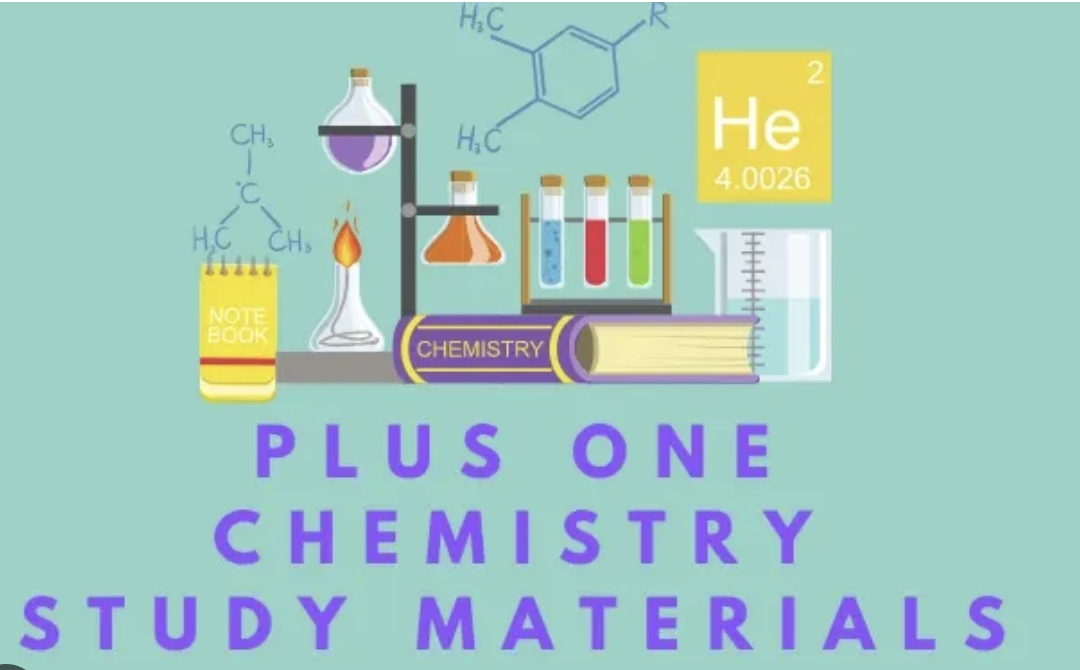This chapter introduces the fascinating world of carbon compounds, their unique properties, and the foundation of organic chemistry. Students learn about hybridization in carbon, isomerism, nomenclature rules, and fundamental reaction mechanisms. Laboratory techniques for purification and analysis of organic compounds are explored, including chromatography and spectroscopy. This chapter lays the groundwork for understanding the chemistry of life and the vast field of synthetic organic chemistry.
Chapter 12: Organic Chemistry – Basic Principles and Techniques
Introduction to Organic Chemistry
Organic chemistry is the study of carbon compounds. Carbon can form a wide variety of compounds due to:
- Tetravalency
- Catenation (ability to form chains)
- Multiple bond formation
- Isomerism
Classification of Organic Compounds
- Acyclic or Open Chain Compounds: Carbon atoms arranged in straight or branched chains
- Cyclic Compounds: Carbon atoms form rings
- Homocyclic: Rings consisting only of carbon atoms
- Heterocyclic: Rings containing atoms other than carbon
Functional Groups
Functional groups are specific atoms or groups of atoms that determine the chemical properties of organic compounds:
- Alcohols (-OH)
- Aldehydes (-CHO)
- Ketones (-CO-)
- Carboxylic acids (-COOH)
- Esters (-COOR)
- Amines (-NH₂)
- Alkenes (C=C)
- Alkynes (C≡C)
- Ethers (-O-)
- Amides (-CONH₂)
- Halogens (-X)
Nomenclature of Organic Compounds
IUPAC System (International Union of Pure and Applied Chemistry):
- Identify the parent hydrocarbon chain (longest continuous carbon chain)
- Number the carbon atoms (lowest numbers to substituted positions)
- Identify and name substituents (prefixes)
- Identify the functional group (suffix)
- Combine the name (prefixes in alphabetical order + parent name + suffix)
Examples:
- CH₃-CH₂-CH₃: Propane
- CH₃-CH₂-OH: Ethanol
- CH₃-CO-CH₃: Propanone (acetone)
Isomerism
Isomers are compounds with the same molecular formula but different structures. Two main types:
Structural Isomerism:
- Chain Isomerism: Different carbon chain arrangements
- Position Isomerism: Different positions of the functional group
- Functional Isomerism: Different functional groups
- Metamerism: Different alkyl groups on either side of a functional group
Stereoisomerism:
- Geometrical Isomerism: Different spatial arrangements due to restricted rotation
- Optical Isomerism: Mirror images that cannot be superimposed
Fundamental Concepts in Organic Reaction Mechanisms
- Electronic Effects:
- Inductive Effect: Electron displacement along a sigma bond
- Resonance Effect: Electron delocalization in conjugated systems
- Hyperconjugation: Interaction between sigma bonds and adjacent p-orbitals
- Electromeric Effect: Complete transfer of electrons in multiple bonds
- Types of Reagents:
- Electrophiles: Electron-deficient species that accept electrons
- Nucleophiles: Electron-rich species that donate electrons
- Types of Reactions:
- Substitution: Replacement of an atom/group with another
- Addition: Addition across a multiple bond
- Elimination: Formation of multiple bonds by removal of atoms/groups
- Rearrangement: Reorganization of atoms within a molecule
Purification Techniques
- Crystallization: Purification of solids based on solubility differences
- Sublimation: Direct conversion of solid to vapor and back to solid
- Distillation:
- Simple Distillation: For liquids with large boiling point differences
- Fractional Distillation: For liquids with close boiling points
- Steam Distillation: For temperature-sensitive compounds
- Vacuum Distillation: For high-boiling liquids
- Chromatography:
- Paper Chromatography: Using paper as stationary phase
- Thin Layer Chromatography (TLC): Using thin layer of adsorbent
- Column Chromatography: Using vertical column of adsorbent
Qualitative Analysis of Organic Compounds
- Detection of Elements: C, H, N, S, halogens
- Lassaigne’s Test: Fusion with sodium metal, followed by specific tests
- Detection of Functional Groups:
- Alcohols: Lucas test, ester test
- Aldehydes: Tollens’ test, Fehling’s test
- Ketones: 2,4-DNP test
- Carboxylic Acids: NaHCO₃ test
- Phenols: FeCl₃ test
- Amines: Hinsberg test
Quantitative Analysis
- Carbon and Hydrogen: Liebig’s method
- Nitrogen: Dumas method, Kjeldahl’s method
- Halogens: Carius method
- Sulfur: Carius method
Complete Chapter-wise Hsslive Plus One Chemistry Notes
Our HSSLive Plus One Chemistry Notes cover all chapters with key focus areas to help you organize your study effectively:
- Chapter 1 Some Basic Concepts of Chemistry
- Chapter 2 Structure of Atom
- Chapter 3 Classification of Elements and Periodicity in Properties
- Chapter 4 Chemical Bonding and Molecular Structure
- Chapter 5 States of Matter
- Chapter 6 Thermodynamics
- Chapter 7 Equilibrium
- Chapter 8 Redox Reactions
- Chapter 9 Hydrogen
- Chapter 10 The s Block Elements
- Chapter 11 The p Block Elements
- Chapter 12 Organic Chemistry: Some Basic Principles and Techniques
- Chapter 13 Hydrocarbons
- Chapter 14 Environmental Chemistry
